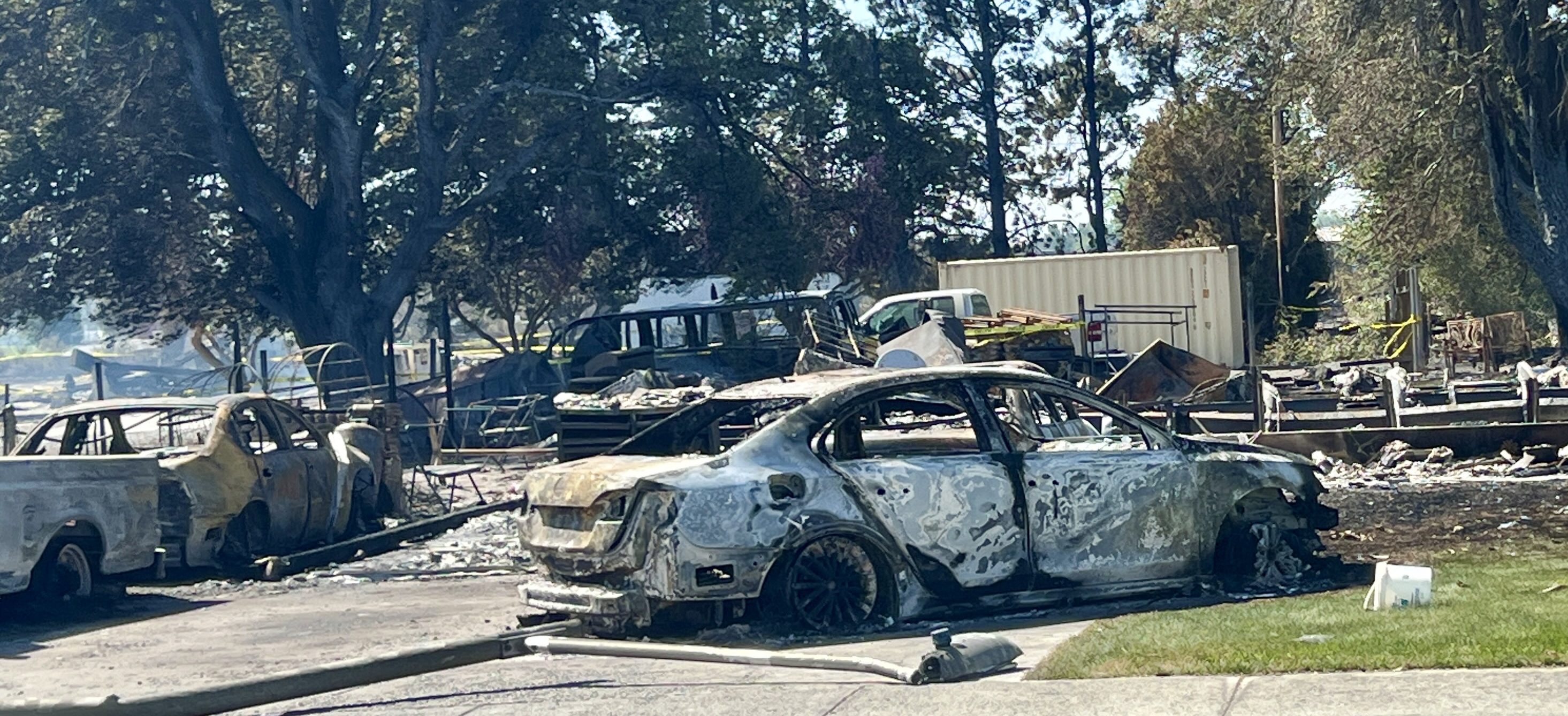Books aim at outdoor specialists
Published 12:01 pm Sunday, November 26, 2006
Each of these three books has a pretty specific target audience and two things in common: A connection to the great outdoors and a place on my bookshelf.
WEEKEND ROCK: OREGON
Trending
By Ron Horton
The Mountaineers Books
Paperback, 256 pages
Oregon is the home of Smith Rock, which Horton calls a world-class destination for rock climbers. Mountaineer Books recently published a “Weekend Rock” for Washington state and now Oregon gets its well-deserved turn.
There are eight regions featured in the guide, including Smith Rock in Central Oregon. There are two climbing areas in the Eastern Oregon section, High Valley near La Grande and Burnt River near Baker City, both within easy driving distance from our area.
Entries include photos (there are 112, 62 with route overlays), diagrams and descriptions of named and unnamed climbs for beginner and intermediate climbers. Equipment needs, travel directions to the sites, safety tips and information about nearby communities and facilities also are included.
Trending
AMPHIBIANS OF OREGON, WASHINGTON AND BRITISH COLUMBIA
By Charlotte C. Corkran and Chris Thoms
Lone Pine Publishing
Paperback, 176 pages
OK, salamanders and frogs aren’t for everyone, but for some of us this is a fascinating guide. For one thing, the sheer variety of species found in the Northwest is amazing and for another, who wouldn’t want to know facts such as the poisonous nature of the rough-skinned newt? (According to the authors, people have died from accidentally boiling this aquatic salamander in the camp coffeepot.)
There are color photographs and diagrams on almost every page. The guide includes instructions and information on identifying species, where and when to find them, how to handle them and much more. There probably should be a copy in every school library.
ALTITUDE ILLNESS: Prevention and Treatment
By Stephen Bezruchka, M.D.
The Mountaineers Books
Paperback, 128 pages
This guide has wider application than one would think, because the onset of altitude illness can occur at elevations as low as 7,000 feet. With ski season coming on, this little guide (definitely pocket-size at 4×6 inches) could come in handy when heading for the slopes.
Acute mountain sickness (AMS), high-altitude cerebral edema (HACE) and high-altitude pulmonary edema (HAPE) are dangerous conditions, but there are treatments, the most obvious of course is descending. Among the case studies listed in the book are Everest climbers who died of HAPE and skiers and casual climbers who were hospitalized with HAPE after a couple of days at altitudes of 7,000-10,000 feet.
Bezruchka emphasizes the importance of acclimatization. For a 19,000-foot peak, a week or more might be needed. For lower altitudes, not so much. For example, Bezruchka writes, “Those coming from sea level to ski in Colorado or Utah might consider spending the night in Denver. Follow the rule of “climb high, sleep low … .”
—
Bill Andrus is the EO’s book review editor. Contact him at bandrus@my180.net.









